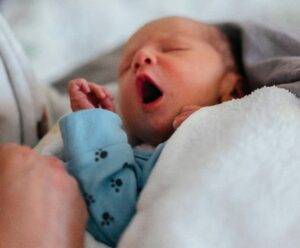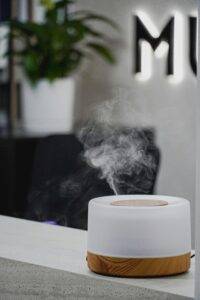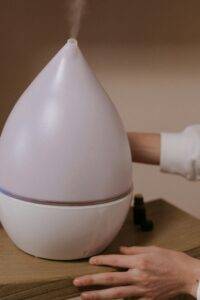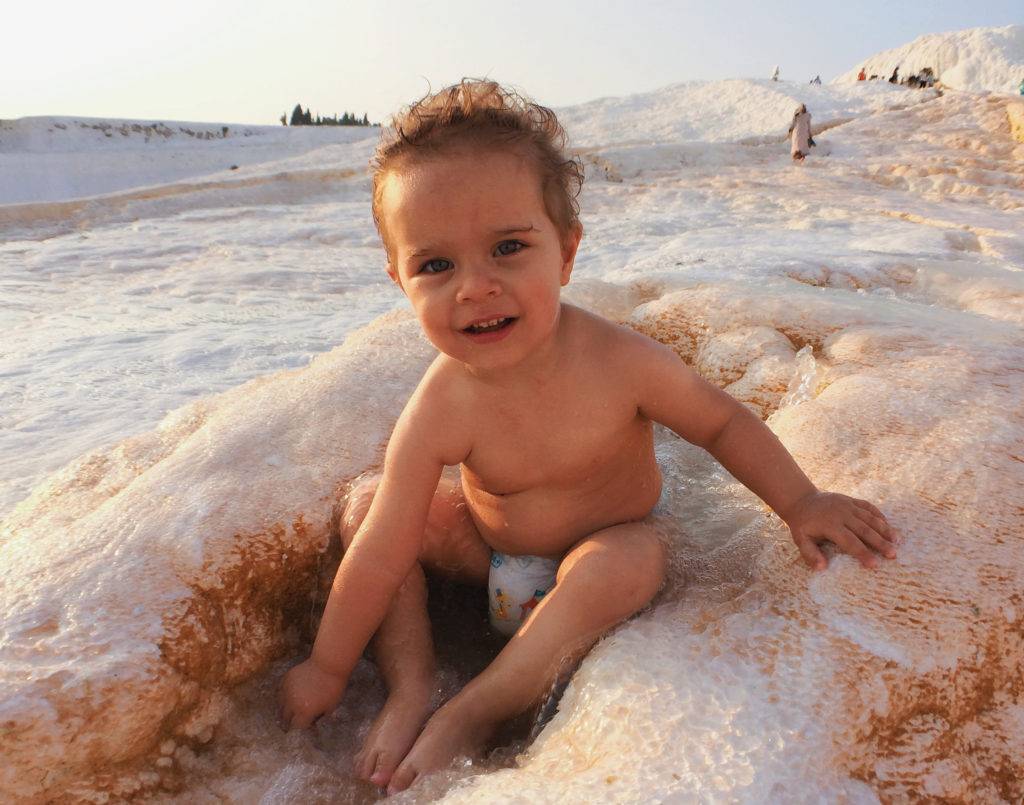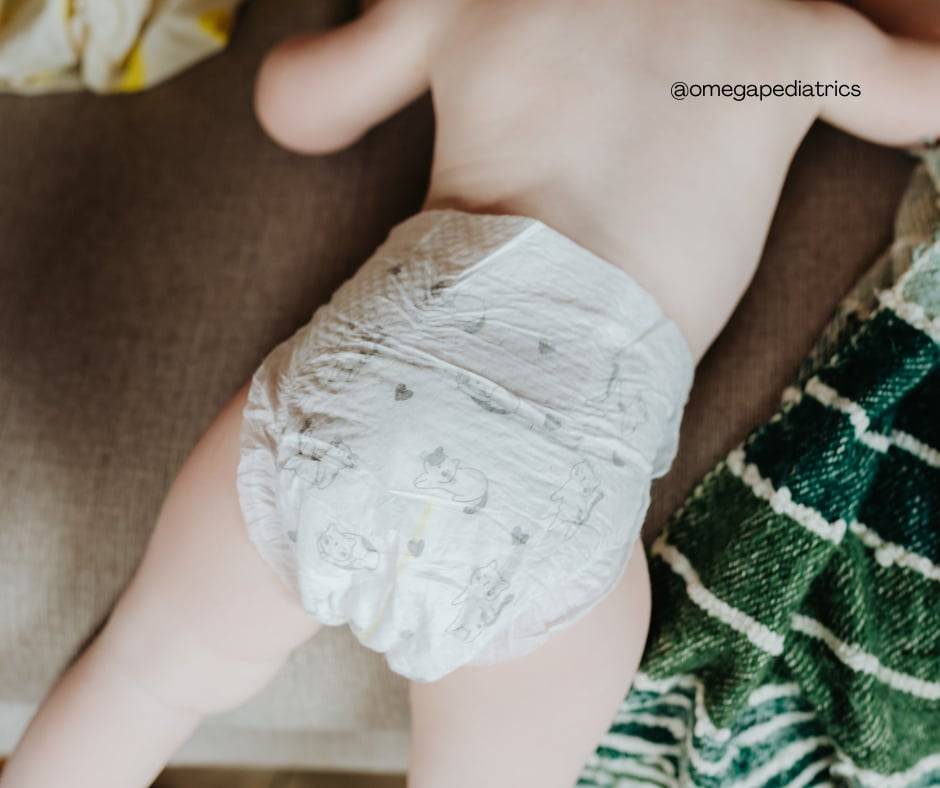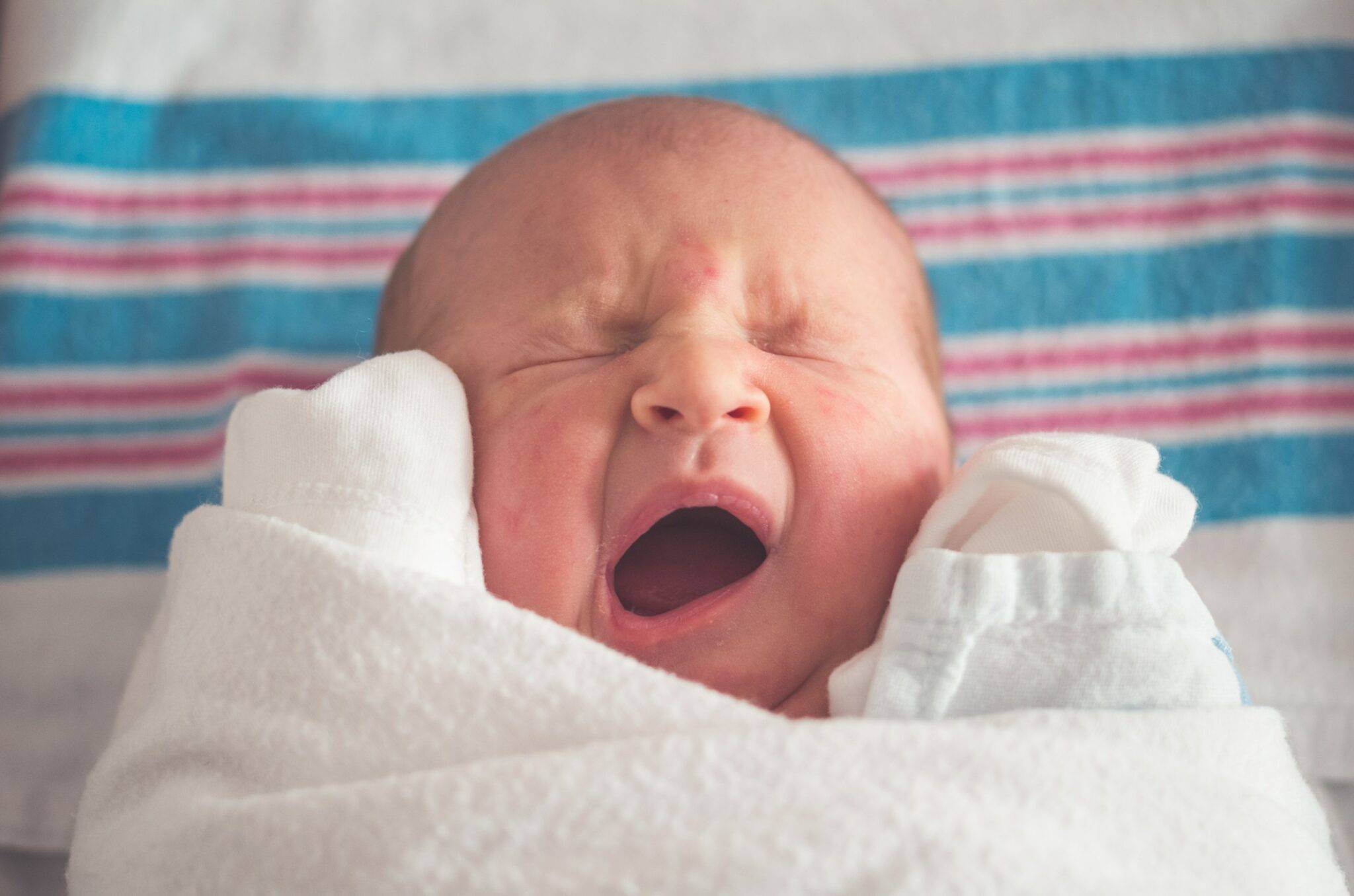As a new parent, ensuring your newborn’s health and comfort is a top priority. A cool mist humidifier is one crucial item that significantly impacts your baby’s well-being.
This comprehensive guide will explore the benefits of using a cool mist humidifier, how to choose the right one, and tips for maintaining it to ensure your newborn enjoys a comfortable and healthy environment.
Why Your Newborn Needs a Cool Mist Humidifier
1. Relief from Dry Air
Newborns are sensitive to their environment. Dry air, especially during winter or in homes with air conditioning, causes discomfort and health issues for your baby. A cool mist humidifier adds moisture to the air, helping to prevent dryness that leads to irritated skin, chapped lips, and nasal congestion.
2. Eases Breathing
Mist humidifiers are especially beneficial for newborns with respiratory issues or colds. The added moisture in the air helps to thin mucus, making it easier for your baby to breathe, leading to better sleep for both your baby and you.
3. Soothes Irritated Nasal Passages
The tiny nasal passages of newborns can become easily irritated by dry air, leading to discomfort and even causing difficulties in feeding and sleeping. A cool mist humidifier helps to maintain the moisture in the nasal passages, providing relief and making it easier for your baby to breathe and feed comfortably.
4. Alleviates Allergy Symptoms
If your newborn shows signs of allergies, such as sneezing or a runny nose, a cool mist humidifier is a valuable addition to your home. By keeping the air moist, it helps to minimize the airborne particles that trigger allergy symptoms. This makes a comfortable living space for your baby, reducing the frequency and severity of allergic reactions.
5. Prevents Dry Skin
Newborns have delicate skin that easily becomes dry and irritated. A cool mist humidifier helps to keep the skin hydrated, reducing the risk of dryness and eczema. Keeping the air moist also helps to protect your baby’s sensitive skin from cracking and chapping.
6. Reduces the Risk of Infections
Humidified air reduces the survival of viruses and bacteria in the environment. This means your newborn is less likely to contract infections, especially those affecting the respiratory system. Using a cool mist humidifier helps create a safer and healthier environment for your baby.
7. Supports Better Sleep
Sleep is crucial for newborns, and a comfortable environment ensures they get the needed rest. A mist humidifier creates a more conducive environment for sleep by maintaining optimal humidity levels. Babies, like adults, tend to sleep better when the air is neither too dry nor too humid.
The gentle hum of a cool mist humidifier also serves as white noise, which helps lull your baby to sleep. It’s soothing and helps drown out other household noises that might disturb your baby’s sleep. The consistent moisture in the air prevents nasal passages from drying out, reducing the likelihood of your baby waking up due to discomfort.
8. Enhances Overall Comfort
The general comfort of your newborn is significantly improved with a cool mist humidifier. The soothing environment created by the right humidity helps your baby relax and feel more at ease, leading to more restful sleep and a happier disposition during waking hours.
Maintaining the right humidity level in your home benefits your baby’s health and enhances overall comfort. Proper humidity levels make the air feel warmer in winter and cooler in summer, creating a more pleasant living environment for everyone in the household.
How to Choose the Right Cool Mist Humidifier
1. Consider the Size of the Room
When selecting a humidifier, choose one appropriate to the size of your baby’s room. A unit that is too small may not provide sufficient moisture, while one that is too large makes the room excessively humid. Check the manufacturer’s recommendations for room size to ensure optimal performance.
2. Look for Easy Maintenance Features
Humidifiers require regular cleaning to prevent the growth of mold and bacteria. Look for models that are easy to disassemble and clean. Some humidifiers come with dishwasher-safe components, which can make maintenance more convenient.
3. Noise Level
Since your baby will likely sleep while the humidifier runs, choose a model that operates quietly. Look for humidifiers with 30 decibels or lower noise levels to ensure they won’t disturb your baby’s sleep.
4. Filter vs. Filter-Free
Some cool mist humidifiers use filters to purify the water before it’s dispersed into the air, while others are filter-free. Filtered models provide cleaner mist but require regular filter replacements. Filter-free models are easier to maintain but need frequent cleaning to prevent mineral buildup.
If you prefer a low-maintenance option, look for filter-free models. However, filters help trap impurities and provide cleaner air.
5. Tank Capacity
The capacity of the water tank determines how long the humidifier runs before needing a refill. Larger tanks are convenient as they require fewer refills, but the tank should not be too large for the size of your baby’s room to avoid over-humidification.
6. Type of Humidifier
There are different types of humidifiers, including ultrasonic, evaporative, and impeller models. Ultrasonic humidifiers use high-frequency vibrations to produce a fine mist, while evaporative humidifiers use a fan to blow air through a wet wick or filter
Impeller humidifiers use a rotating disk to fling water at a diffuser, breaking the water into fine droplets. Each type has advantages and disadvantages, so consider which features are most important for your needs.
7. Portability
If you plan to move the humidifier between different rooms or take it with you when traveling, consider the size and weight of the unit. A portable humidifier is convenient for families on the go.
8. Additional Features
Many humidifiers have additional features like night lights, timers, and adjustable mist settings. These can be useful, but prioritize the core functions of the humidifier—maintaining the right humidity and easy to clean.
9. Safety Features
Ensure the humidifier has safety features such as an automatic shut-off when the water level is low. This prevents the unit from overheating and reduces the risk of accidents.
Tips for Using and Maintaining Your Cool Mist Humidifier
- Regular Cleaning: To ensure your humidifier works efficiently and safely, clean it regularly. Empty and rinse the water tank daily and perform a deeper clean once a week. Use a mixture of water and vinegar to clean the tank and other components, as vinegar helps to eliminate bacteria and mineral buildup.
- Use Distilled Water: Using distilled water instead of tap water can help reduce the buildup of minerals inside the humidifier. This extends the unit’s serviceability life and ensures a cleaner mist for your baby to breathe.
- Monitor Humidity Levels: Maintain an optimal humidity level in your baby’s room, ideally between 30-50%. Too much humidity can encourage mold growth, while too little can cause dryness. Consider using a hygrometer to monitor and maintain the appropriate humidity level.
- Placement: Place the humidifier on a flat, elevated surface, out of reach of children. Ensure it’s at least a few feet away from the crib to prevent over-saturation of the air around your baby. Avoid placing it near windows or walls to prevent moisture buildup.
- Replace Filters Regularly: If your humidifier uses a filter, replace it according to the manufacturer’s recommendations. A clean filter ensures that the mist dispersed is free from impurities, which is particularly important for your newborn’s sensitive respiratory system. This means the humidifier operates efficiently and provides the best air quality for your baby.
- Use in Combination with Other Baby Care Items: Incorporating a cool mist humidifier into your baby’s nursery alongside other essential items such as air purifiers, gentle night lights, and white noise machines can create a holistic environment that supports your newborn’s health and well-being.
- Changing Water Daily: Change the water in the humidifier daily to prevent mold growth and bacteria. Stagnant water is a breeding ground for microorganisms, which can be dispersed into the air as the humidifier operates.
- Check for Leaks: Periodically check your humidifier for any signs of leaks or water damage, especially if it’s positioned over a wooden surface. A leaking humidifier causes water to pool on surfaces, leading to mold growth and potential damage to your home’s furniture and interior. If you notice any leaks, address them immediately to prevent further damage.

- Avoid Essential Oils: While some humidifiers are designed for essential oils, it’s best to avoid using them in a humidifier for a newborn’s room. Some essential oils are harmful to infants when inhaled. Essential oils are too strong for a baby’s delicate respiratory system and may cause irritation or allergic reactions. Stick to plain water for your baby’s safety.
- Follow the Manufacturer’s Instructions: Always adhere to the manufacturer’s instructions on using and maintaining your cool mist humidifier. This ensures the device operates safely and effectively, providing the best possible environment for your newborn.
- Educate Yourself on Humidity: Understanding the impact of humidity on health helps you make better decisions about using a humidifier. Research how different humidity levels affect respiratory health, skin hydration, and the overall comfort of your living space.
- Store Properly When Not in Use: If you don’t intend to use the humidifier for an extended period, such as during summer, clean it thoroughly before storing it. Store in a dry place to prevent mold and bacterial growth. When you’re ready to use it again, clean it once more before filling it with water.
Common Concerns About Using Humidifiers for Newborns
- Risk of Mold and Bacteria Growth: This is one of the primary concerns. However, regular cleaning and maintenance mitigate the risk. By emptying the water tank daily and performing weekly deep cleans, you ensure the humidifier remains a safe and beneficial addition to your baby’s nursery.
- Over-Humidification: Too much humidity creates an environment conducive to mold growth and dust mites. Monitor the humidity levels in your baby’s room and maintain them within the recommended range of 30-50%. A hygrometer helps keep track of humidity levels and you can make necessary adjustments.
- Noise Levels: While some humidifiers can be noisy, many models are designed to operate quietly. Look for humidifiers with a noise level of 30 decibels or lower to ensure it doesn’t disturb your baby’s sleep. The gentle hum of a quiet humidifier can also act as white noise, which can be soothing for your baby.
- Safety Concerns: Safety is a top priority when using any device in your baby’s nursery. Choose a humidifier with safety features such as an automatic shut-off when the water level is low. Place the humidifier on a stable surface, out of your baby’s reach, to prevent accidental spills or burns.
- Cost of Maintenance: Some parents worry about maintenance costs, including purchasing distilled water and replacement filters. While these costs add up, the benefits of using a humidifier—such as improved respiratory health and comfort for your baby—outweigh the expenses. Choosing a filter-free model and using tap water to help reduce costs.
Get a Cool Mist Humidifier for Your Little One
By understanding the benefits of a cool mist humidifier and its proper usage and maintenance, you’re taking an important step toward providing the best possible care for your newborn. Investing in a cool mist humidifier makes a difference in your baby’s health and comfort, promoting better sleep and overall well-being.
You provide your little one with a safe and cozy environment with the right humidifier and proper maintenance. The positive impact on your baby’s health and comfort is well worth the effort, and you’ll have peace of mind knowing you’ve created a healthy environment for your precious little one.
For more tips on caring for your newborn, check out these articles from Omega Pediatrics:

